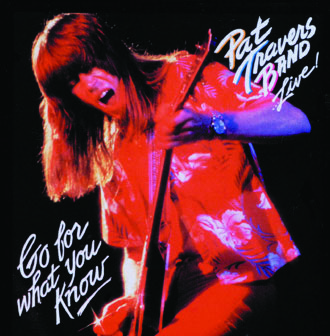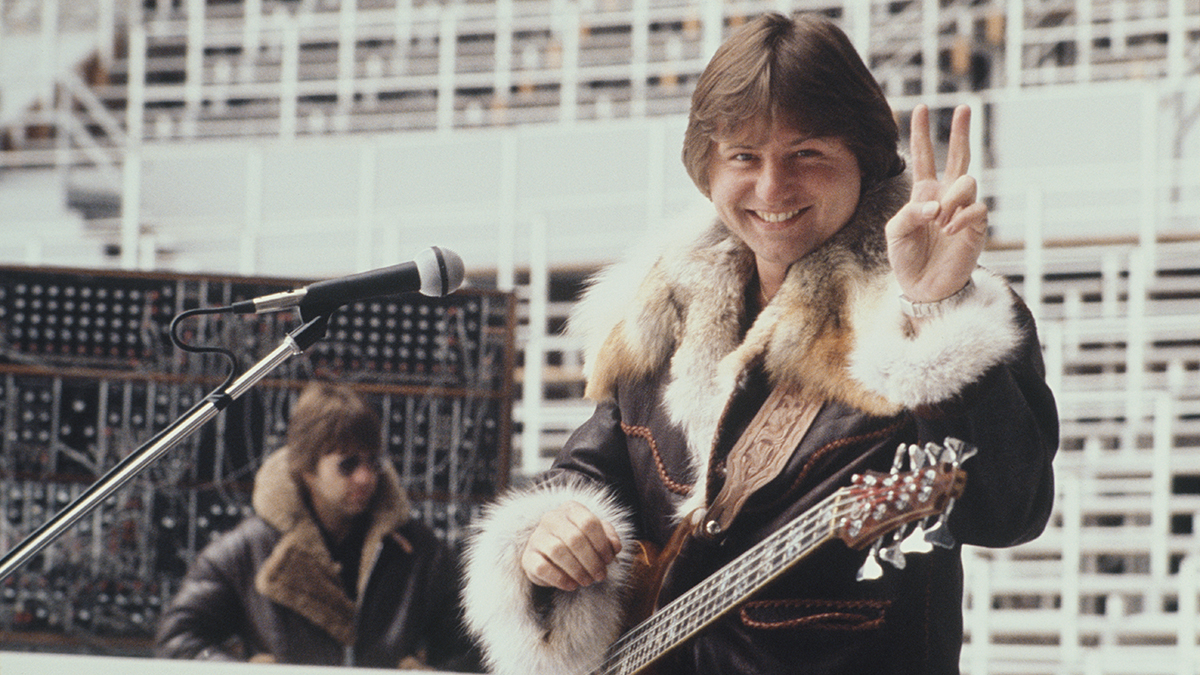What to Remember When Performing Pat Travers' "Boom Boom (Out Go the Lights)"
When learning the intro to this classic live version of “Boom Boom (Out Go the Lights),” you’ll find it helpful to use the exact fingerings guitarist Pat Travers employed to smoothly perform his shuffle-style licks at such a brisk tempo. The numbers shown below the tablature for Gtr. 1 in bars 1–9 depict Travers’ specific fingerings, with 1, 2 and 3 indicating the index, middle and ring fingers, respectively.

Note that X’s appearing throughout this section indicate where Travers deliberately picks a fret-hand-muted string, which he does in order to buy his ring finger time to get over to the low G note on the sixth string’s third fret at the end of each two-bar phrase.
For the second half of his guitar solo (see bars 147–158), Travers joins co-guitarist Pat Thrall in performing a melodic theme based on strummed octaves. The key to performing strummed octaves properly is to make sure you mute the strings adjacent to each of the octave notes to prevent them from ringing.
For example, when fretting the lower note for the E octaves in bar 147, position the tip of your index finger so that it extends beyond the A string and lightly touches the unused low E string, effectively preventing it from vibrating if inadvertently strummed. Additionally, allow the underside of your index finger to mute the unused D string. Your ring finger can similarly mute the B string as it frets the higher E note on the G string’s seventh fret. By muting this way, Travers and Thrall are able to strum freely and aggressively without worrying about sounding any unwanted notes.
For Jeff Perrin's tab of this song, pick up the July 2018 issue of Guitar World.
All the latest guitar news, interviews, lessons, reviews, deals and more, direct to your inbox!
